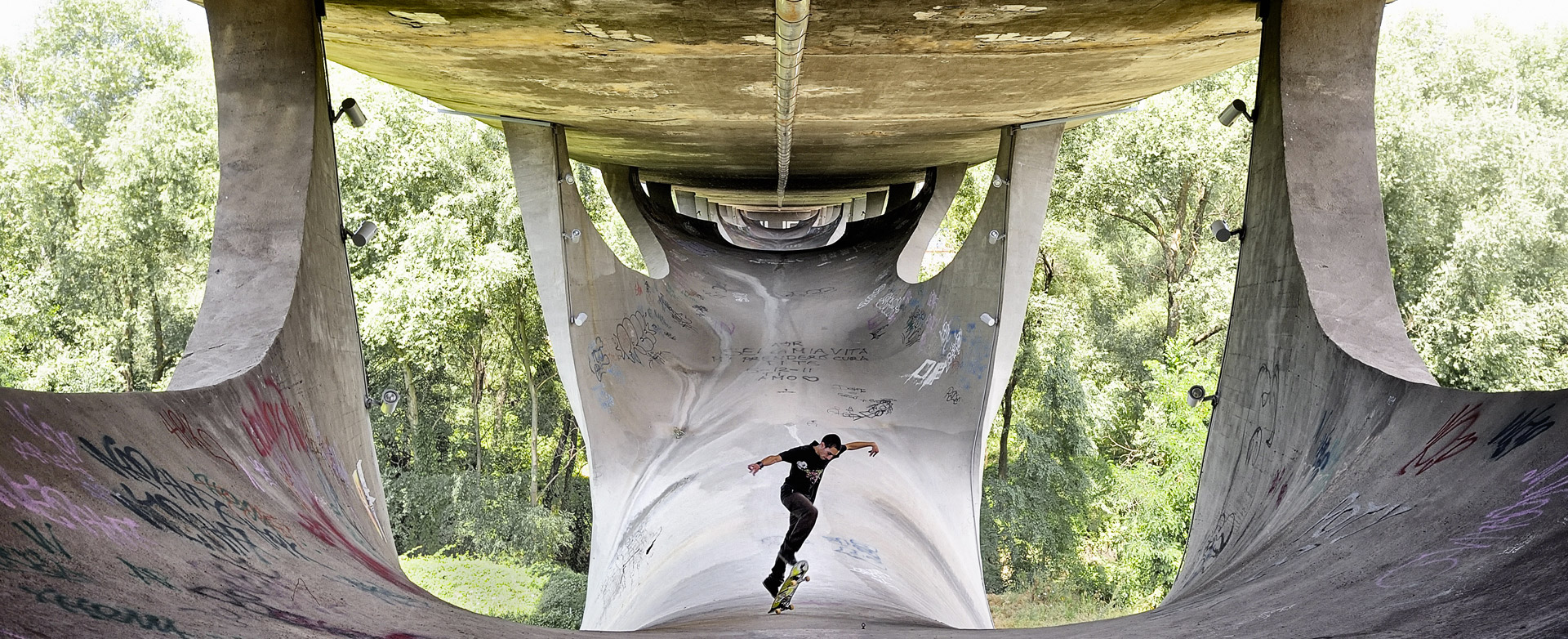
Utopias and dystopias
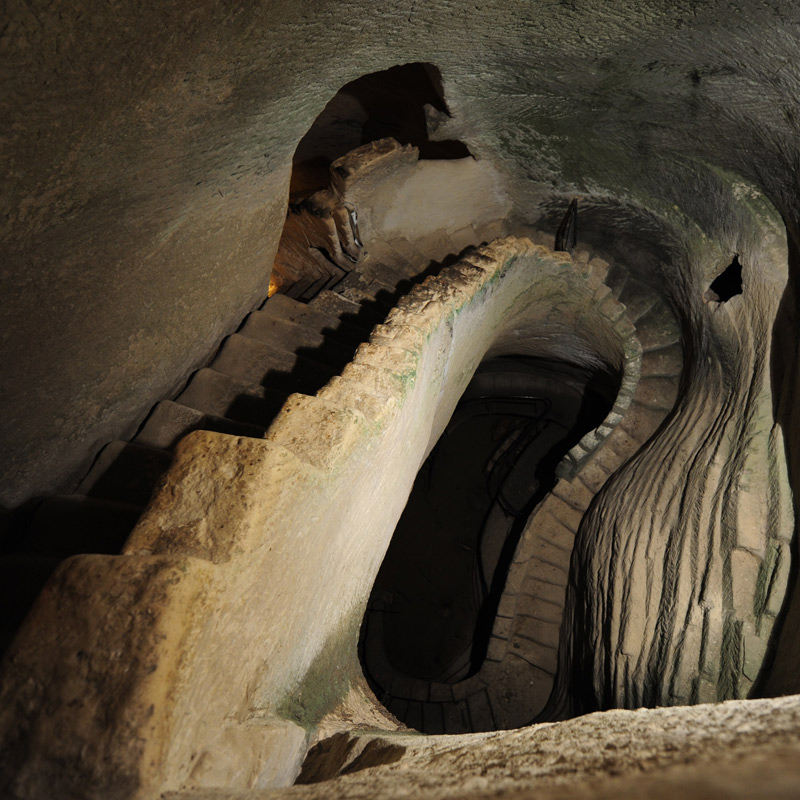
Can a thousand-year-old hypogeal environment provide us with information on how to build the cities of the future, or even how to face life on another planet?
The answers can be found in Ars Excavandi, which launches the Matera European Capital of Culture 2019 exhibition.
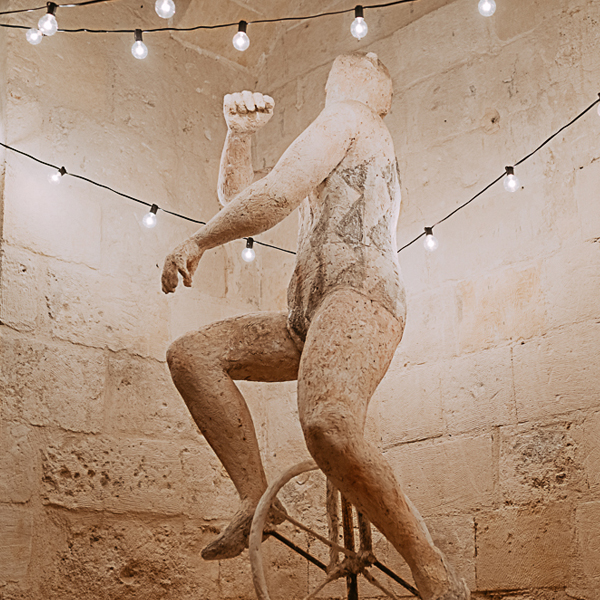
Some stories can be expressed with a single word. The Latin word Circus, for example, meant 'circle', referring to the shape of the venues that originally housed these shows, made up mostly of carriages or horses.
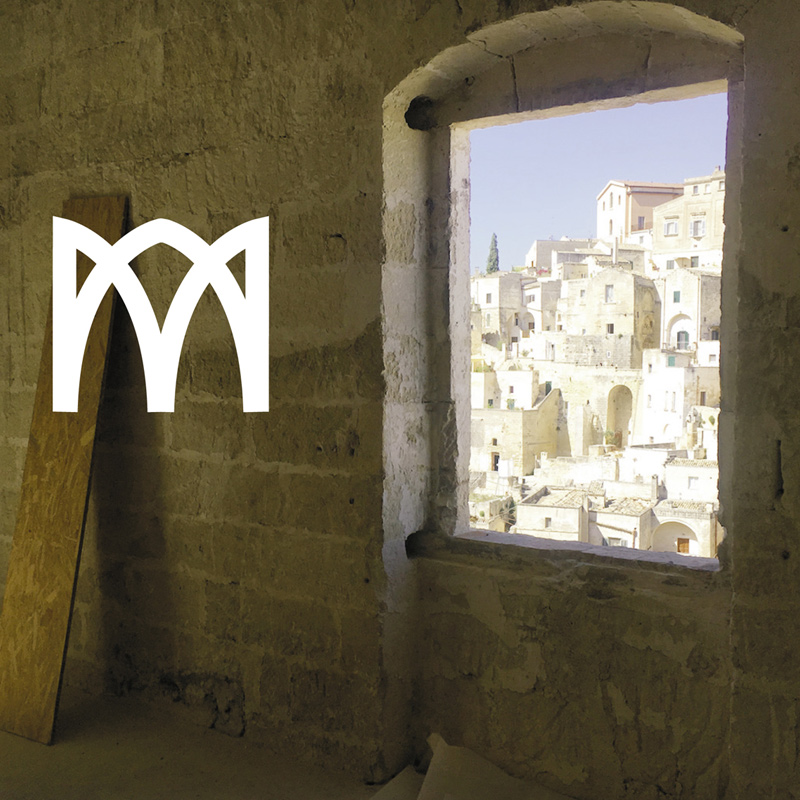
Thanks to the Matera Alberga project, contemporary art is leaving the museums. It has moved to places that have always been a symbol of hospitality and meeting between the inhabitants of a city and its visitors: hotels.
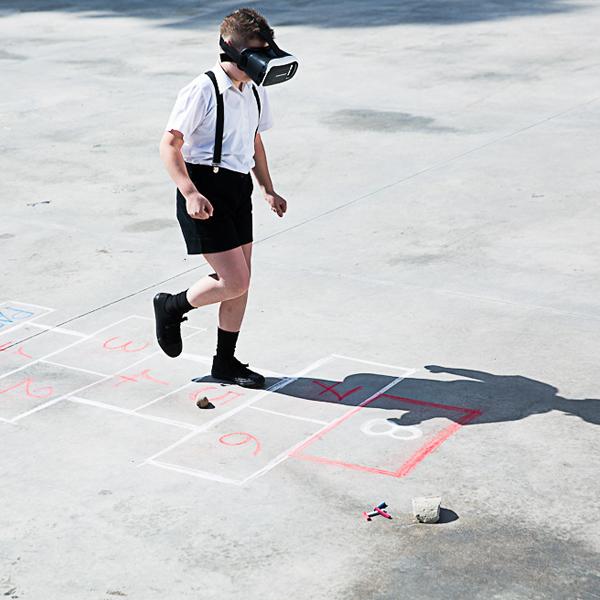
'You can deny justice, beauty, truth, goodness, mind, God. You can deny seriousness. But not the game'. To quote Johan Huizinga, the philosopher convinced that play occupied a fundamental role in the production of culture.
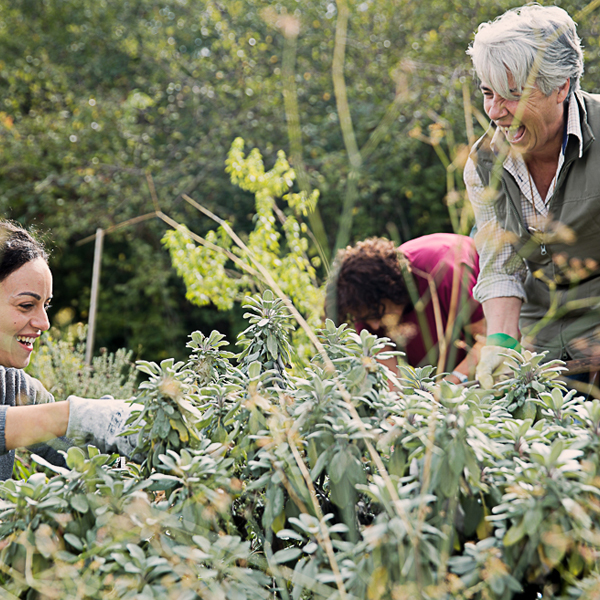
Happiness, according to Tolstoy, is being with nature, experiencing it and conversing with it, in an active relationship which changes the land, making it greener, making it ours.
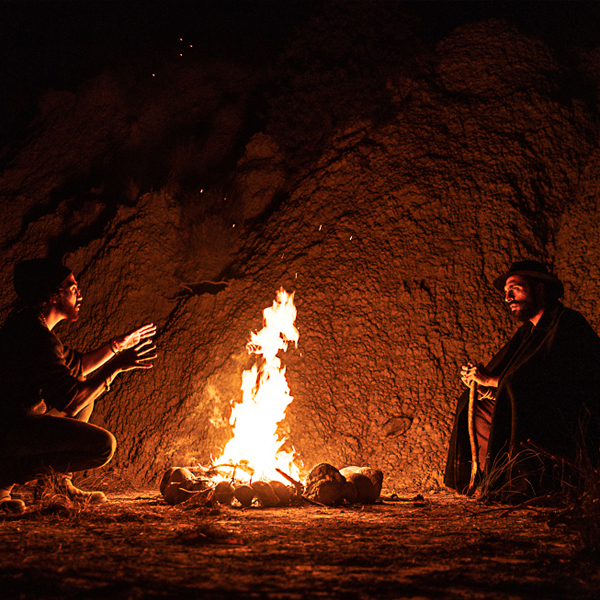
Few would admit it, but Petra and Matera are sisters, born of the same mother rock and connected by a common thread made of stone that unites them for thousands of kilometres.
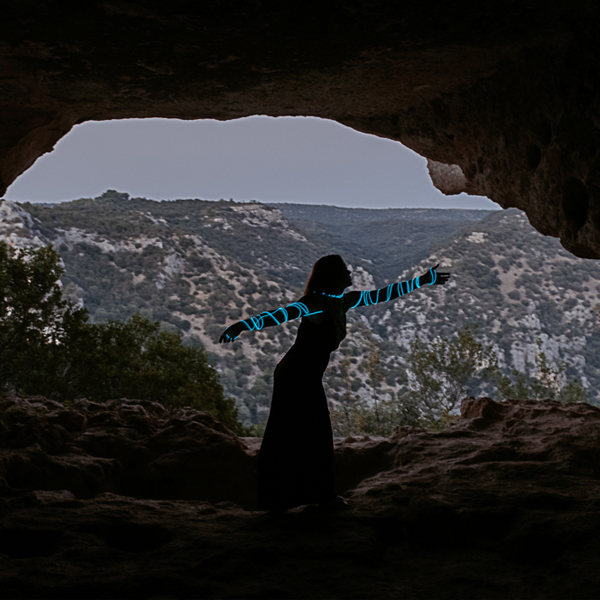
The excavated subterranean architecture and the extensive system of cisterns in the Sassi area represent the visual, spatial and structural element that has established the city of Matera as a World Heritage Site.
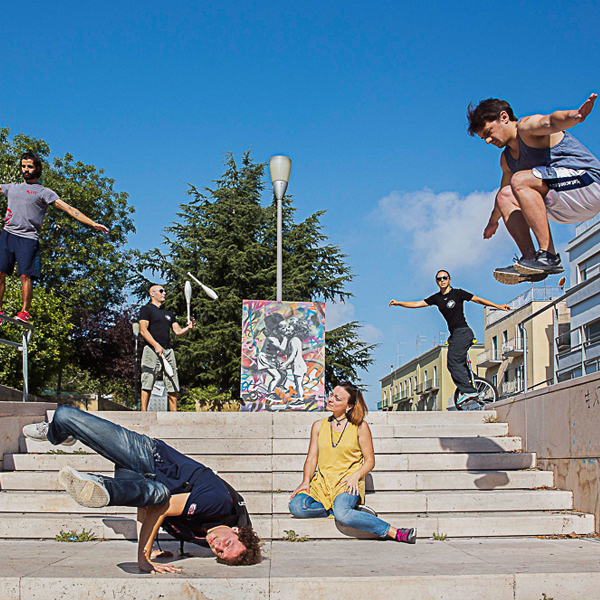
As early as 2018, a crew of athletes and street artists were roaming around the streets of Matera. Their mission? To uncover 'invisible' spaces, transform them into playgrounds, canvases and stages and give them back to the community.
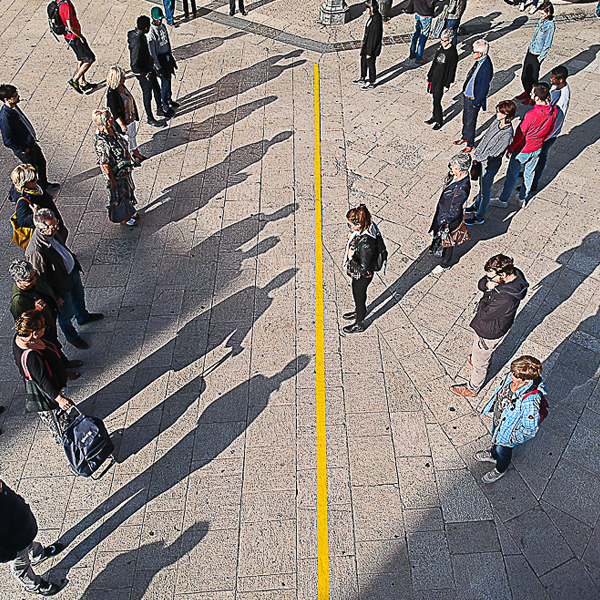
For one year Matera will be the door to Europe, and also its mirror. The project Matera Open City is an experiment to understand how the City, and therefore Europe, is truly 'open'.





